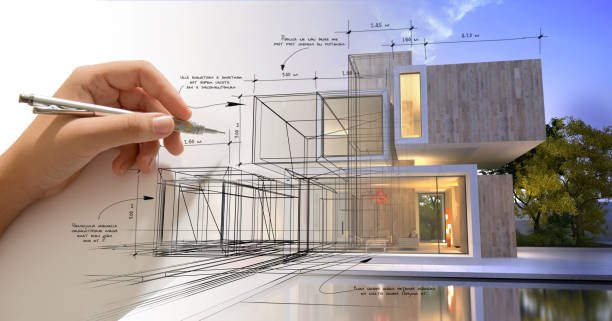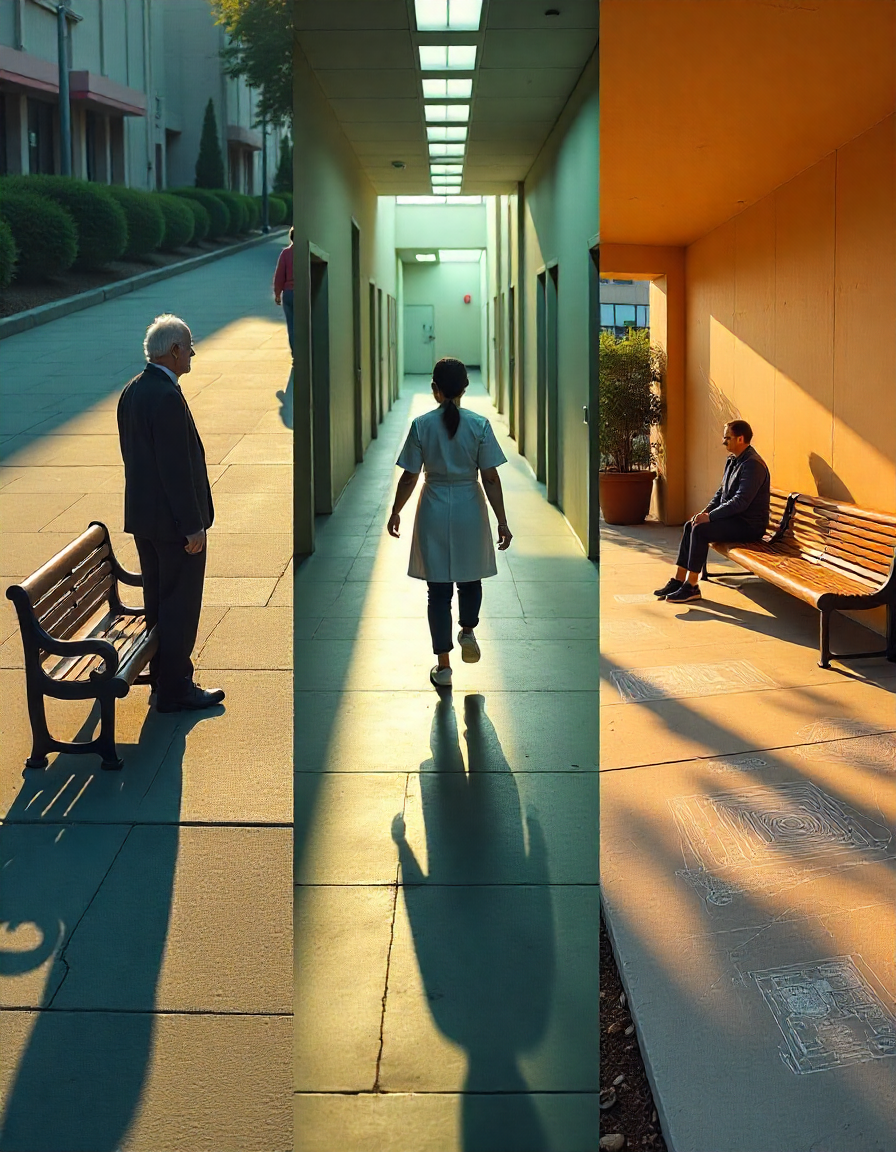Architecture is more than just buildings—it is the intersection of art, science, and culture, shaping the way we live, work, and interact with our surroundings. From ancient pyramids to futuristic skyscrapers, architecture reflects human ingenuity, societal values, and technological advancements. This article explores the evolution of architectural styles, the role of architects, sustainable design trends, and how architecture influences our daily lives.
The Evolution of Architectural Styles
1. Ancient Architecture (Prehistoric to Classical Era)
-
Egyptian (3000–30 BCE): Monumental structures like the Pyramids of Giza and temples showcased precision and religious symbolism.
-
Greek (800–146 BCE): Columns (Doric, Ionic, Corinthian) and symmetry defined temples such as the Parthenon.
-
Roman (509 BCE–476 CE): Innovations like arches, domes (Pantheon), and aqueducts demonstrated engineering prowess.
2. Medieval and Gothic Architecture (5th–15th Century)
-
Romanesque: Thick walls and rounded arches (e.g., Durham Cathedral).
-
Gothic: Pointed arches, ribbed vaults, and stained glass (Notre-Dame de Paris) aimed to reach the heavens.
3. Renaissance and Baroque (15th–18th Century)
-
Renaissance: Revival of classical ideals (e.g., Florence Cathedral by Brunelleschi).
-
Baroque: Dramatic curves and grandeur (Versailles Palace).
4. Modern Architecture (19th Century–Present)
-
Art Nouveau: Organic forms and intricate details (Antoni Gaudí’s Sagrada Família).
-
Bauhaus: Functionality and minimalism (Walter Gropius).
-
Postmodernism: Playful defiance of rules (Frank Gehry’s Guggenheim Museum).
The Role of an Architect
Architects blend creativity and technical skill to design functional, safe, and aesthetically pleasing spaces. Their responsibilities include:
-
Conceptualizing Designs: Sketching, 3D modeling, and client consultations.
-
Ensuring Safety: Compliance with building codes and structural integrity.
-
Sustainability: Integrating eco-friendly materials and energy-efficient systems.
Famous architects like Zaha Hadid (fluid designs) and Norman Foster (high-tech sustainability) have redefined urban landscapes.
Sustainable Architecture: Building for the Future
With climate change urgency, sustainable architecture prioritizes:
-
Green Materials: Bamboo, recycled steel, and cross-laminated timber.
-
Energy Efficiency: Solar panels, passive cooling, and green roofs.
-
Biophilic Design: Incorporating nature (indoor gardens, natural light).
Examples:
-
Bosco Verticale (Milan): A “vertical forest” with 900 trees.
-
The Edge (Amsterdam): The world’s greenest office building.
Architecture’s Impact on Society
1. Cultural Identity
Landmarks like the Taj Mahal or Sydney Opera House symbolize national pride.
2. Urban Planning
Smart cities use architecture to solve overcrowding (e.g., Tokyo’s compact housing).
3. Psychological Influence
Spaces affect mood—open layouts foster collaboration, while cozy nooks encourage relaxation.
The Future of Architecture
-
Parametric Design: AI-generated structures (e.g., Algorithmic shapes by Patrik Schumacher).
-
3D-Printed Buildings: Affordable, rapid construction (Dubai’s 3D-printed offices).
-
Adaptive Reuse: Repurposing old factories into lofts or museums.
Conclusion
Architecture is a testament to human creativity and adaptability. From ancient wonders to smart cities, it evolves with our needs and aspirations. As we face global challenges, architects will play a pivotal role in designing resilient, inclusive, and sustainable spaces. Whether you’re marveling at a historic cathedral or a cutting-edge skyscraper, remember: architecture is the silent narrator of human progress.



